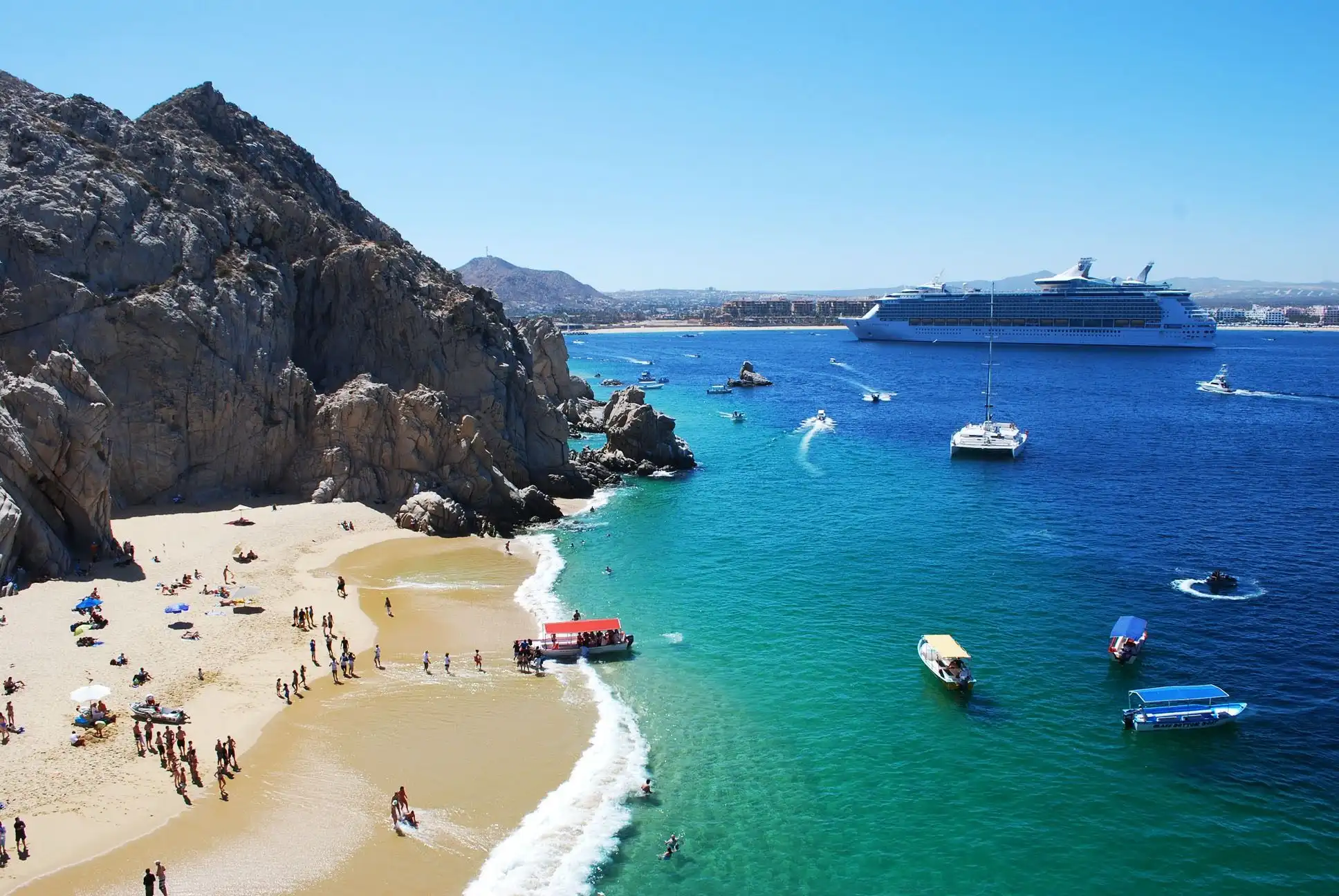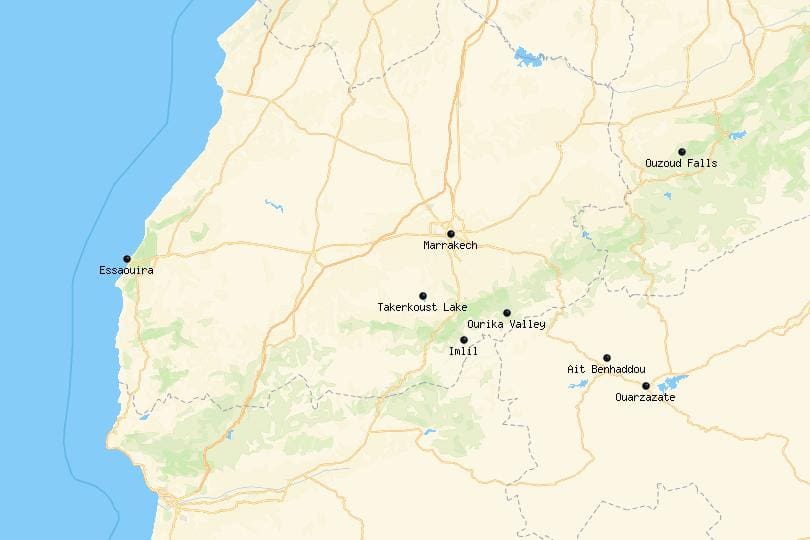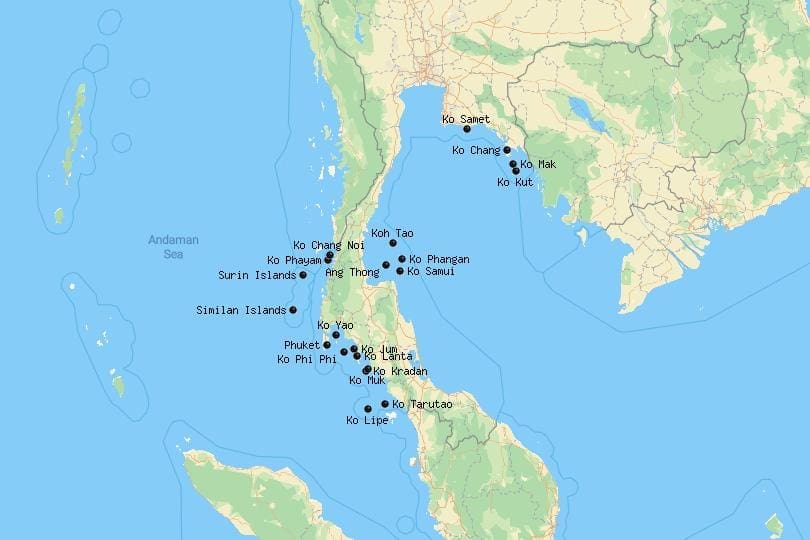The Andaman and Nicobar Islands are famous for their natural beauty and diverse wildlife, but hidden beneath the surface lies a fascinating and mysterious world waiting to be discovered. The Kalapathar Limestone Caves are a stunning example of the island’s geological history, and they offer visitors a chance to explore the fascinating world of underground limestone formations. In this article, we’ll take a closer look at the Kalapathar Limestone Caves, exploring their history, geology, and the unique features that make them such a popular tourist attraction.
Overview of Kalapathar Limestone Caves
The Kalapathar Limestone Caves are located on the eastern coast of South Andaman Island, near the village of Kalapathar. The caves were formed over millions of years by the slow deposition of limestone from the surrounding hills, and they are estimated to be around 25 million years old. The caves are a popular destination for tourists, who come to explore the unique geological features and stunning natural beauty of the underground formations.
Formation of Limestone Caves
Limestone caves are formed by the slow deposition of calcium carbonate from the surrounding environment. Over millions of years, the accumulation of calcium carbonate forms into stalactites and stalagmites, which are the most common features found in limestone caves. The formation of limestone caves is a slow and gradual process, with the caves growing just a few millimeters each year.
Features of Kalapathar Limestone Caves
The Kalapathar Limestone Caves are home to a wide variety of unique features that make them such a popular tourist destination. The caves are filled with stunning stalactites and stalagmites of various shapes and sizes, with some reaching up to 25 feet in length. The caves are also home to unique formations like cave curtains, cave pearls, and flowstones, which add to the overall beauty of the cave.
Tourist Activities in Kalapathar Limestone Caves
Tourists can explore the Kalapathar Limestone Caves by taking a guided tour, which is the best way to see all the unique features of the cave. The tours are led by experienced guides who provide visitors with a wealth of information about the history and geology of the cave. Visitors can also enjoy activities like cave photography and cave trekking, which provide a unique and thrilling experience.
How to Reach Kalapathar Limestone Caves
The Kalapathar Limestone Caves are located on the eastern coast of South Andaman Island, near the village of Kalapathar. Visitors can reach the caves by taking a ferry from Port Blair to Havelock Island, and then taking a short boat ride to the caves. The caves are located in a remote area, so it’s best to plan ahead and bring all the necessary supplies for the trip.
Best Time to Visit Kalapathar Limestone Caves
The best time to visit the Kalapathar Limestone Caves is from November to April, when the weather is dry and pleasant. During this time, the caves are open to visitors and provide the perfect opportunity to explore the fascinating world of underground limestone formations.
Conservation of Kalapathar Limestone Caves
The Kalapathar Limestone Caves are a fragile ecosystem that requires careful conservation to preserve their unique features. Visitors are encouraged to follow all the rules and regulations of the cave, which include not touching any of the formations and not littering in the cave. The government of India is also taking steps to protect the caves by designating them as a protected area and limiting the number of visitors to the cave.
Conclusion
The Kalapathar Limestone Caves are a fascinating and unique destination for tourists visiting the Andaman Islands. With their stunning natural beauty, unique geological features, and rich history, the caves provide visitors with a once-in-a-lifetime opportunity to explore the hidden world beneath the surface of the island. However, it’s important to remember that the caves are a fragile ecosystem that requires careful conservation and protection. By following the rules and regulations of the cave, and respecting its natural beauty, we can all do our part to ensure that future generations can continue to enjoy this natural wonder.
FAQs
- How were the Kalapathar Limestone Caves formed?
- The caves were formed over millions of years by the slow deposition of limestone from the surrounding hills.
- What unique features can visitors see in the caves?
- Visitors can see a variety of unique features like stalactites, stalagmites, cave curtains, cave pearls, and flowstones.
- How can visitors reach the Kalapathar Limestone Caves?
- Visitors can reach the caves by taking a ferry from Port Blair to Havelock Island, and then taking a short boat ride to the caves.
- When is the best time to visit the Kalapathar Limestone Caves?
- The best time to visit the caves is from November to April, when the weather is dry and pleasant.
- How can visitors help conserve the Kalapathar Limestone Caves?
- Visitors can help conserve the caves by following all the rules and regulations of the cave, not touching any of the formations, and not littering in the cave.

















Some truly rattling work on behalf of the owner of this website , absolutely outstanding written content.
Hi, Neat post. There is a problem with your website in internet explorer, would check this… IE still is the market leader and a huge portion of people will miss your magnificent writing because of this problem.
Hello just wanted to give you a quick heads up. The words in your post seem to be running off the screen in Ie. I’m not sure if this is a formatting issue or something to do with web browser compatibility but I figured I’d post to let you know. The style and design look great though! Hope you get the issue solved soon. Many thanks
After study a couple of of the weblog posts in your web site now, and I truly like your means of blogging. I bookmarked it to my bookmark web site list and shall be checking back soon. Pls try my web page as nicely and let me know what you think.
Este site é realmente fantástico. Sempre que consigo acessar eu encontro coisas incríveis Você também pode acessar o nosso site e descobrir mais detalhes! informaçõesexclusivas. Venha descobrir mais agora! :)
Adorei este site. Para saber mais detalhes acesse nosso site e descubra mais. Todas as informações contidas são conteúdos relevantes e únicos. Tudo que você precisa saber está está lá.
Thanks for some other magnificent post. Where else could anyone get that kind of info in such an ideal means of writing? I have a presentation next week, and I am on the look for such info.